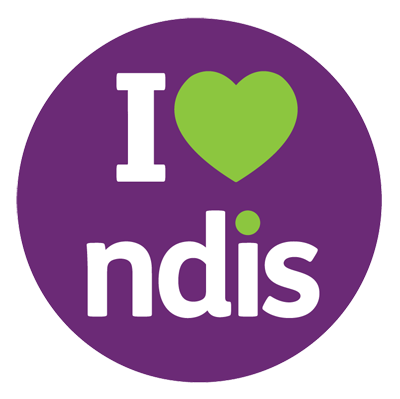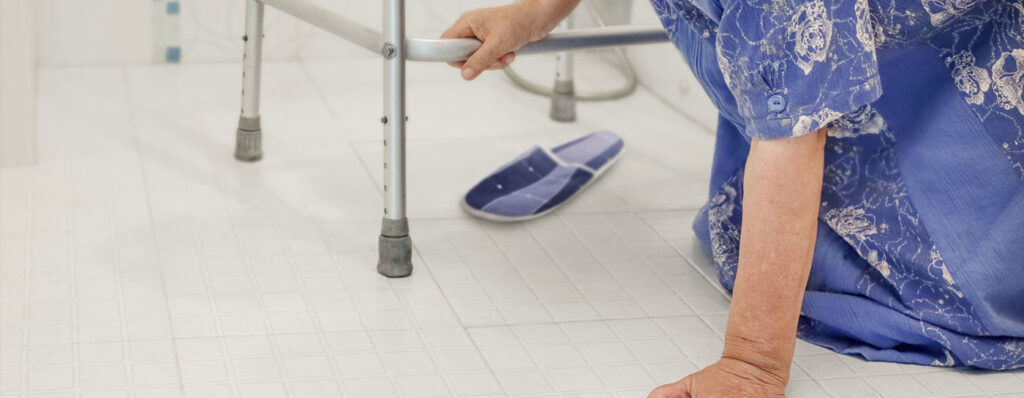As people age, they become more susceptible to falls and other accidents. This is why it is important to take steps to make their environment as safe as possible, especially in aged care facilities and for care in the home. There are a number of key safety devices that can be used to help protect older Australians, including bed and chair sensor mats with alarms, and prevention measures such as bed rails and even glow in the dark accessories. Research from the Australian Institute of Health and Welfare explains “Falls are Australia’s leading cause of injury hospitalisation and death, representing 43% of injury hospitalisations and 42% of injury deaths.” So ensuring the right safety devices are available and in use is key to mitigation and prevention.
Bed and chair sensor mats
Bed sensor mats are placed under the mattress and detect when a person gets out of bed; similarly a chair sensor mat alerts when a person leaves their chair or wheelchair. This can be helpful for people who are at risk of falling, as it can alert caregivers if the person gets out of bed or their chair without assistance allowing them to quickly respond. The CareWatch range of bed and chair sensor mats with alarms are ideal for both facility or home use, with multiple options for alarm configuration.
Alarms
There are a variety of alarms that can be used to help protect residents in aged care facilities and older Australians within the community. These include:
- Fall alarms: Fall alarms are worn by the person – usually on a pendant, and sound an alarm if the wearer falls.
- Wandering alarms: Wandering alarms are worn by the person and sound an alarm if the person leaves a designated area. Sometimes this can be affixed to a door or passageway.
Prevention measures
In addition to sensor mats, there are a number of other prevention measures that can be taken to help protect older Australians from falls and other accidents. These include:
- Bed rails: Bed rails can be attached to the bed to prevent the person from falling out.
- Grab bars: Grab bars and rails can be installed in the bathroom and other areas of the facility or home to help people maintain their balance. It is important these are fitted by an approved installer.
- Non-slip mats: Non-slip mats can be placed in the shower and bath to prevent falls.
- Proper lighting: Proper lighting can help to prevent trips and falls.
- Glow in the dark accessories: Like proper lighting, being able to light specific areas such as a light switch, toilet seat or doorway can help with orientation at night, these cognitive aids are low cost but high impact.
Choosing the right safety devices
When choosing safety devices for aged care, it is important to consider the individual needs of the person. For example, a person who is at risk of falling may need a bed alarm and bed rails, while a person who is at risk of wandering may need a wandering alarm. It is also important to choose devices that are easy to use and maintain.
If you are unsure about which safety devices are right for your loved one, talk to their doctor or caregiver. They can help you to assess their needs and recommend the appropriate devices.
Here are some additional tips for keeping older Australians safe in aged care facilities and in the home:
- Regularly assess their needs. As people age, their needs can change. It is important to regularly assess their needs to ensure that they have the appropriate safety devices in place.
- Educate the person and their caregivers on how to use the safety devices properly. It is important to make sure that the person using the safety devices and their caregivers know how to use them properly in order to get the most benefit from them.
- Keep the safety devices in good working order. Regularly inspect the safety devices to make sure that they are in good working order. Replace any batteries or other components as needed.
By taking these steps, you can help to keep your loved one safe and comfortable in their aged care facility or within the home.


